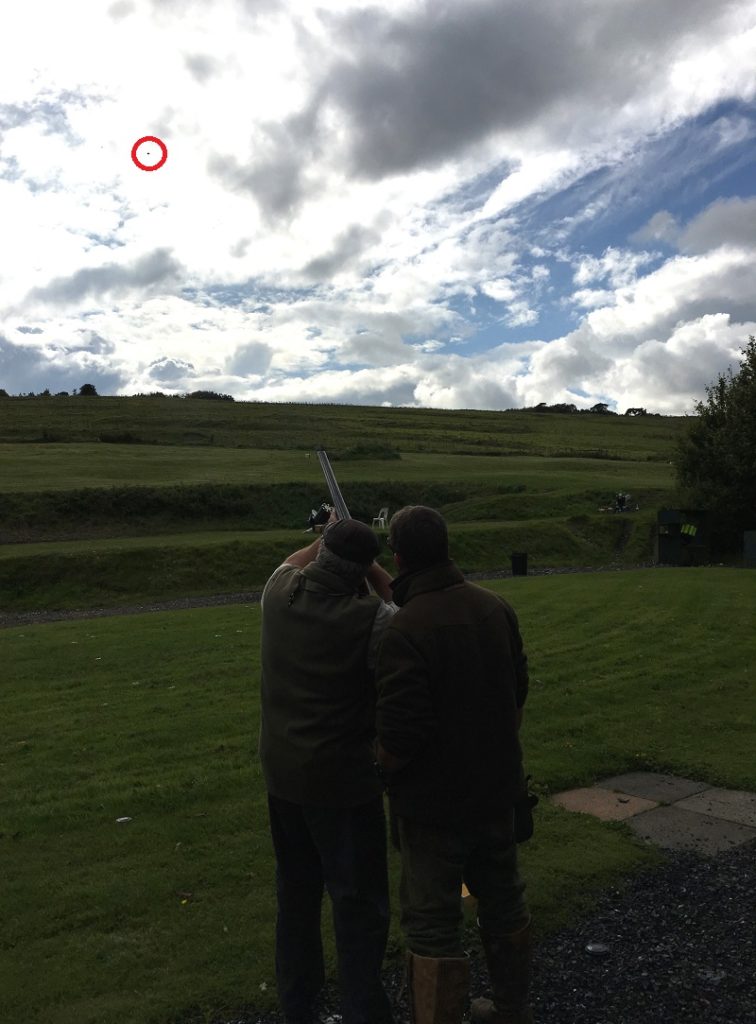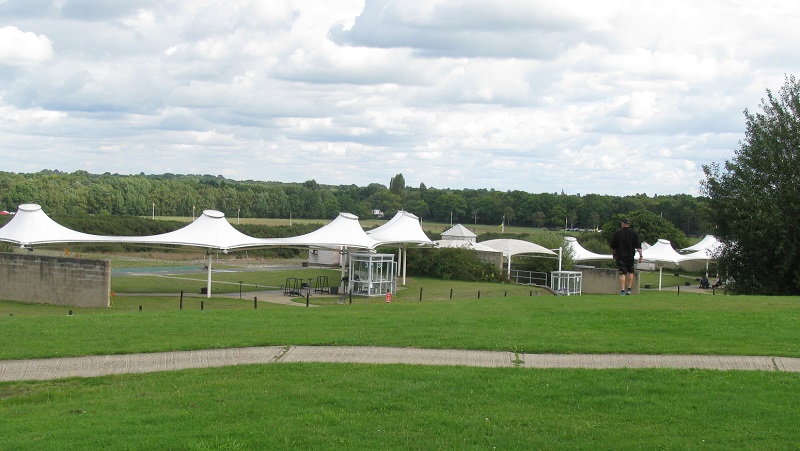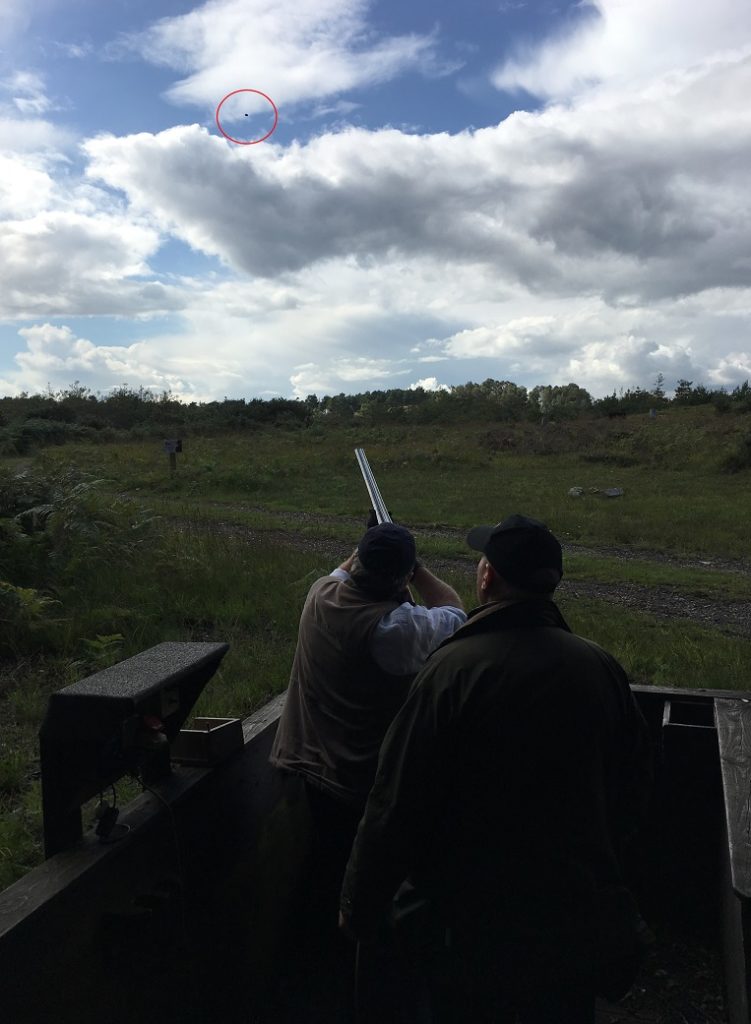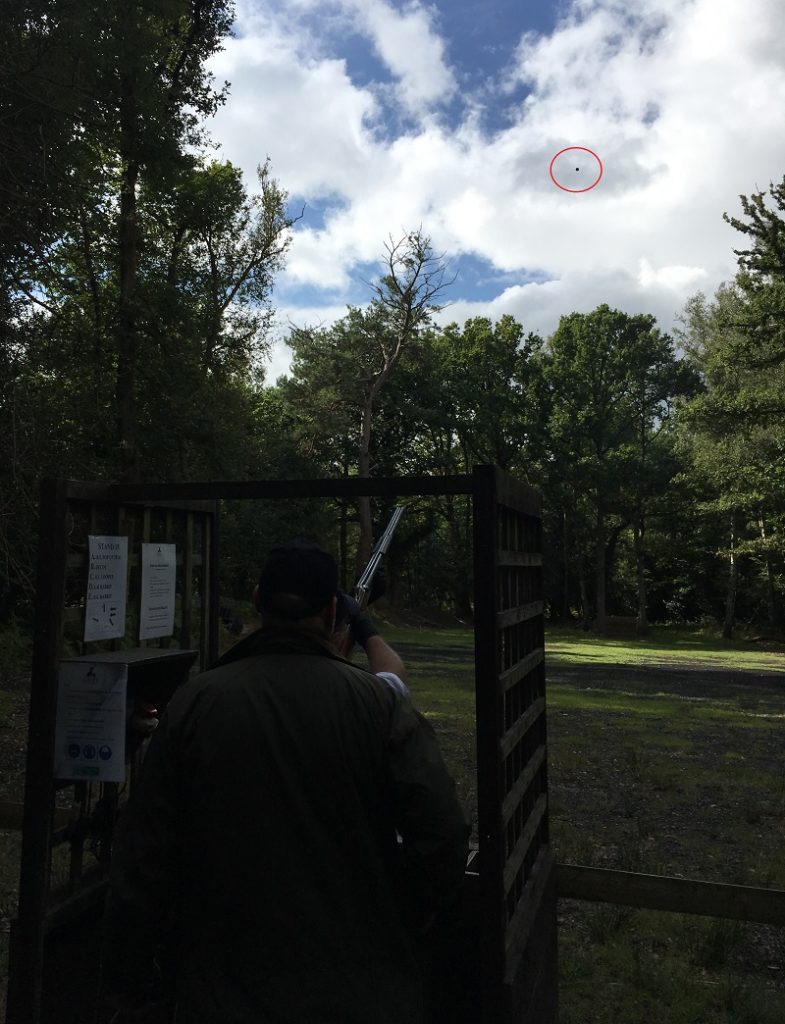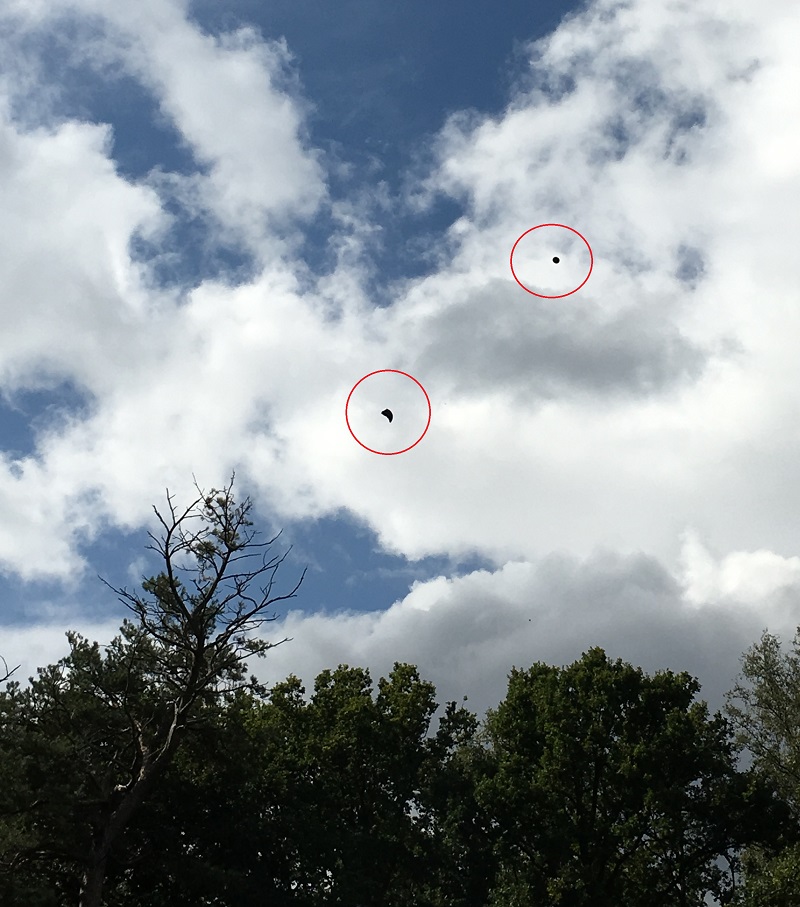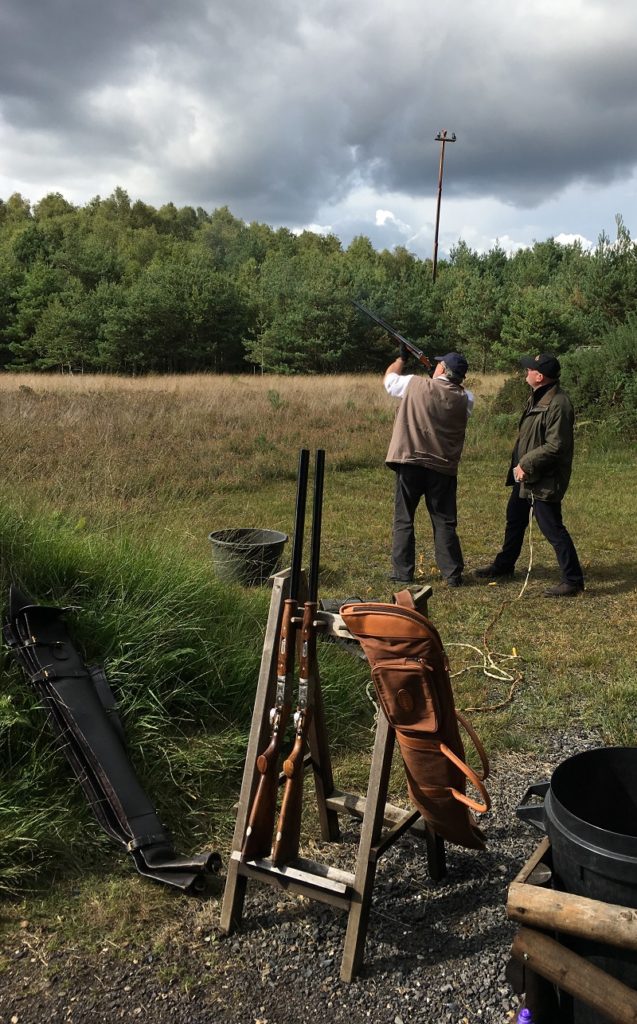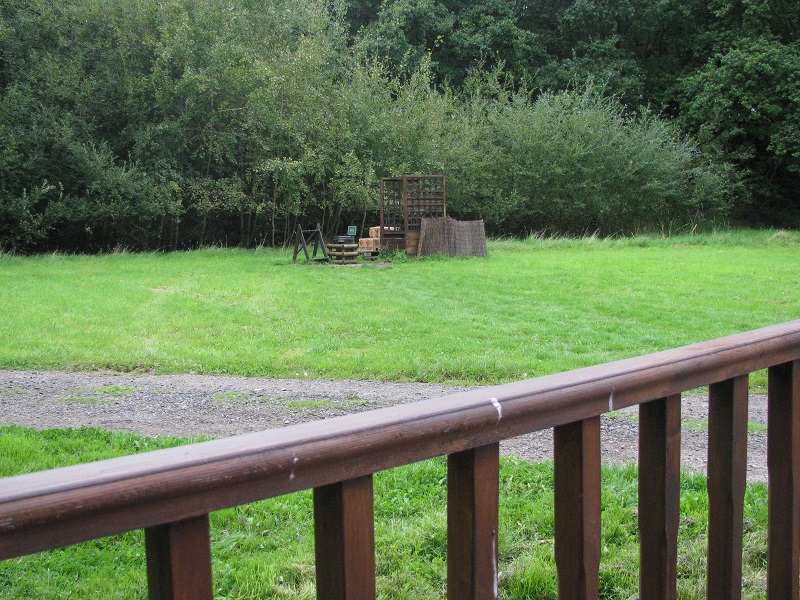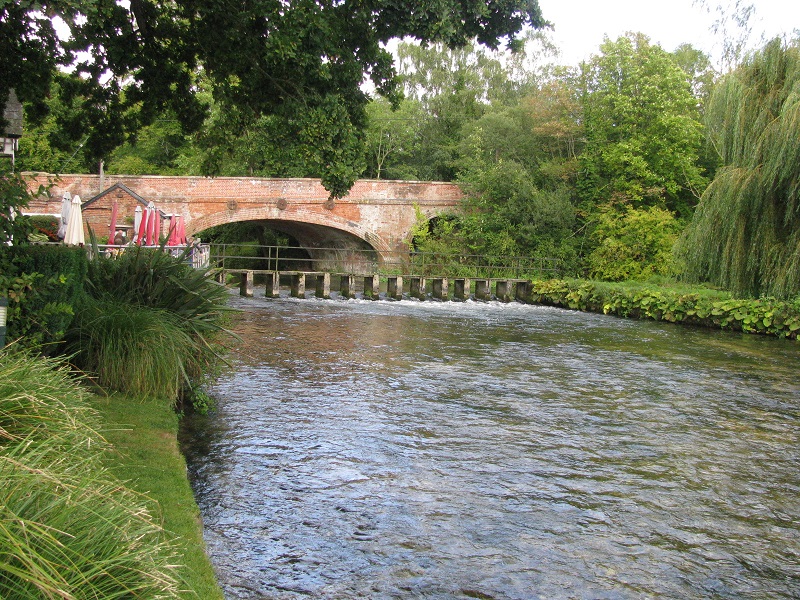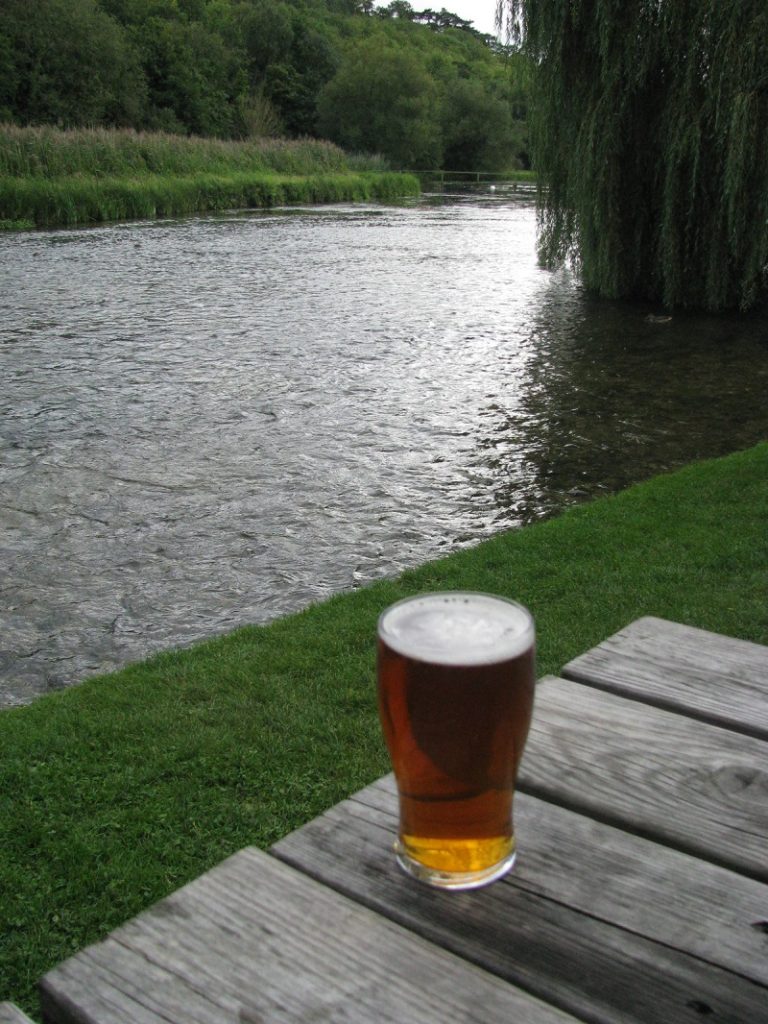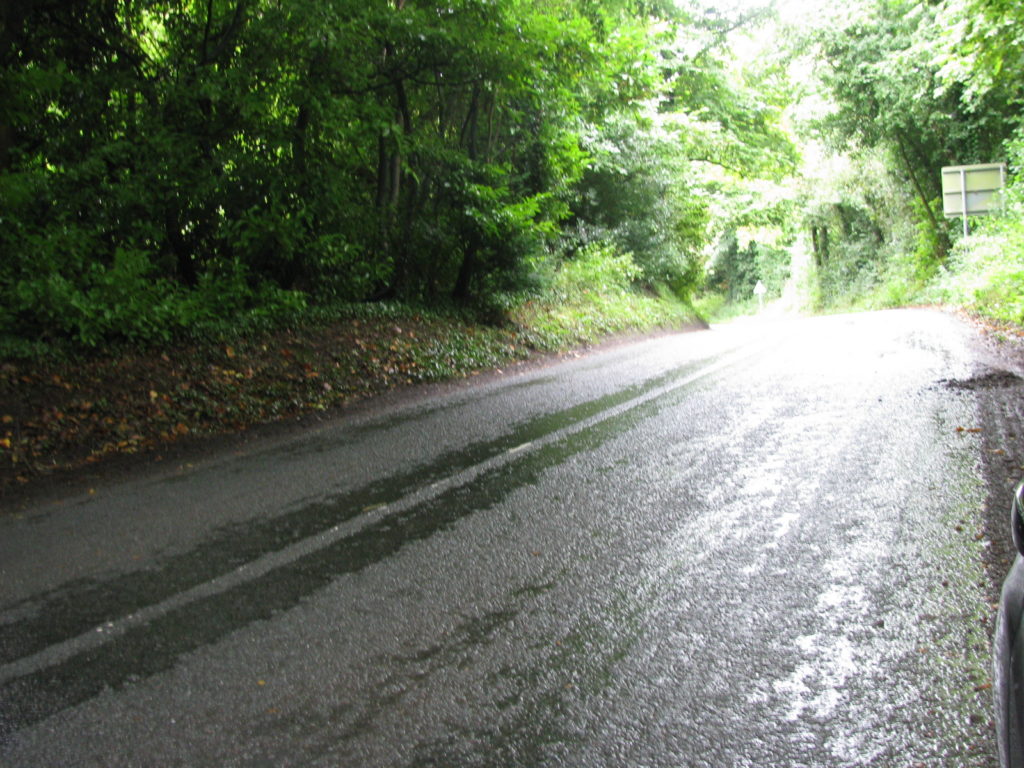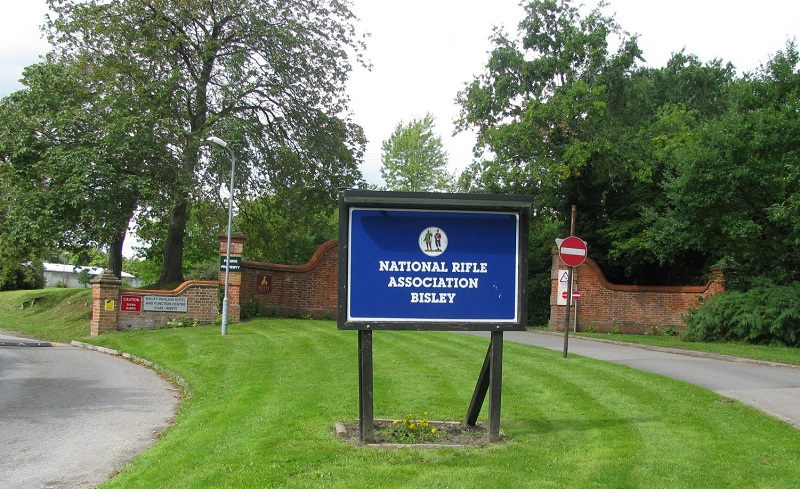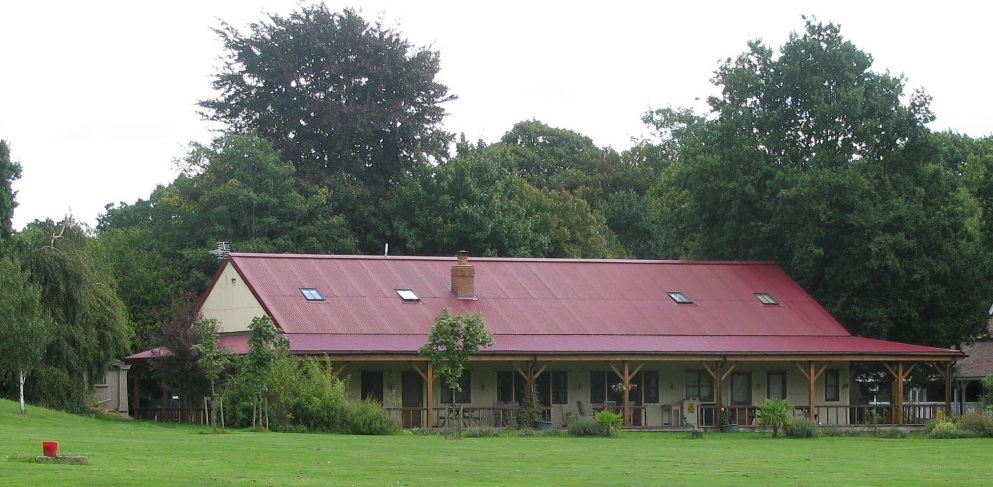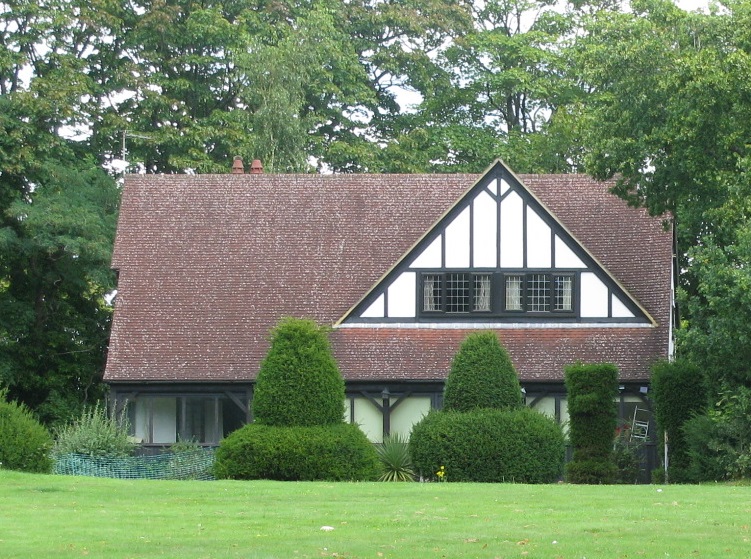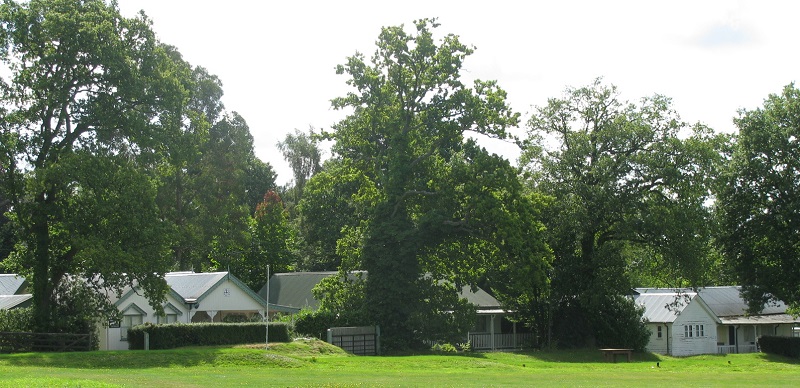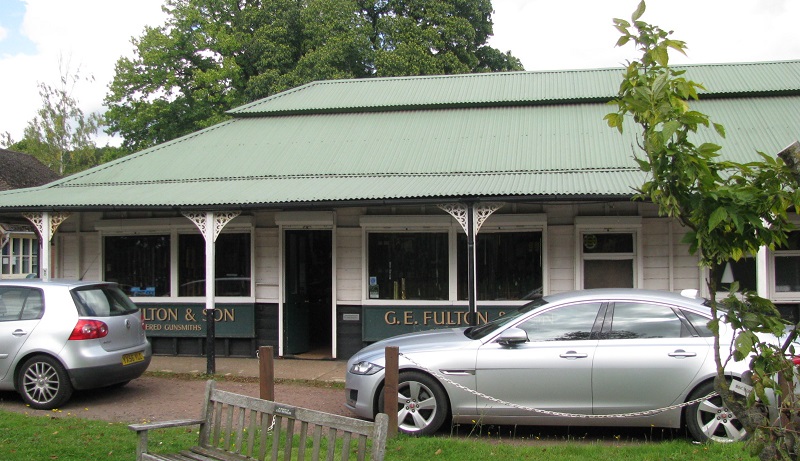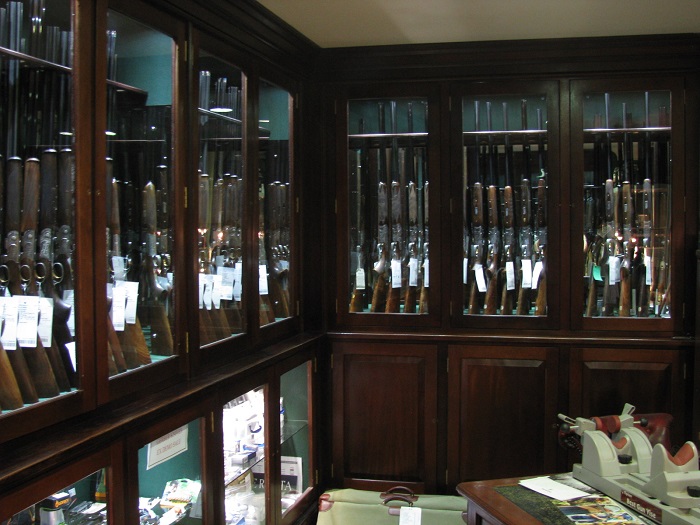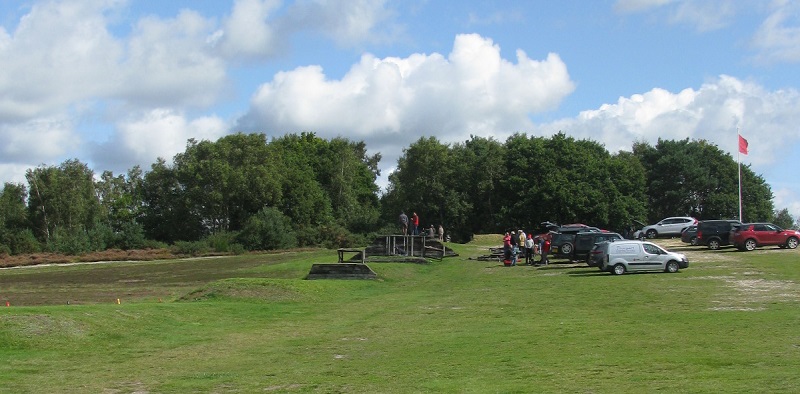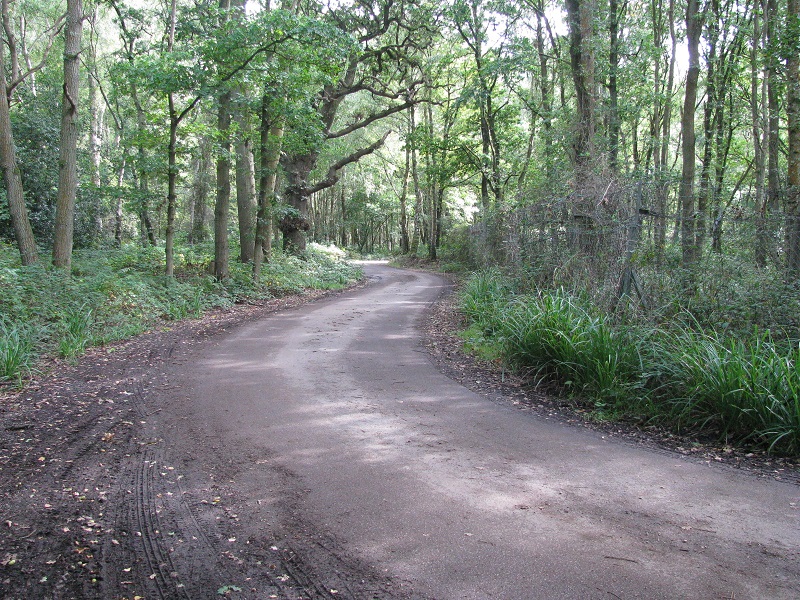Longtime Friend and Reader James L. sends the following email:
I’m writing for advice for my son-in-law. He already has a Colt 1911 and is considering getting a companion carbine, a High Point 4595TS. I know you had a nice .45 carbine but don’t remember the make.
He is considering this because of California’s (spit) 2018 law making ammo purchase akin to buying a firearm. It will require the whole background check and a permission slip to purchase, and then, only from a FFL licensed dealer, in California (spit). No out of State purchases allowed.
Might you have any words of wisdom on the subject?
I’ll refrain from advising that his s-i-l move out of California altogether, and concentrate on answering the request.
The market for semi-auto carbines in .45 ACP has dried up completely. Only High Point is currently making one, and I’ve heard more bad than good about their offerings in general — if you’re making goods to a low price point, the Iron Law Of Quality Compromise cannot be denied. I used to own a Marlin Camp 45 carbine and loved it because it used 1911 magazines and it was fun to shoot; but Marlin no longer makes it, and in any event, it was not very rugged and certainly not as reliable as today’s pistol-caliber carbines.

Also, the current asking price for a secondhand Camp 45 seems to be well over $1,000, which is risible: you’re buying a curio more than an actual go-to semi-auto carbine.
Anyway, what’s left in California-legal .45 carbines? Not much. Here’s the Hi Point, by the way, at $400-odd:

…and after that, the pickings get slim and the prices much fatter. The Auto-Ord Thompson 1927A1 Commando retails just under $1,500:
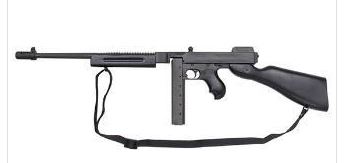
…and it’s heavy and unwieldy into the bargain.
Then there’s the Kriss Vector at just over $1,500 and which looks badass and tacticool:
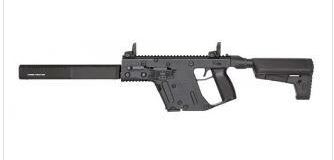
…and frankly, I’m amazed that California allows so scawwwy-looking a gun inside its borders.
Frankly, I don’t think that any of those options is a decent one. I get the impression that Reader James’s s-i-l can’t afford to drop over a grand on a carbine — if he were, I’d suggest he ignore all the above and get an M1 Carbine in .30 Carbine (which I think is still legal in CA providing that you have only 10-round magazines — the 15-rounders are streng verboten).

I recall seeing a while ago that some company was modifying the Carbine into a .45 ACP gun, but I don’t know any more about that.
Anyway, as the s-i-l in question is looking for a way to escape the stupid and onerous (by intention) California ammo laws, adding a new caliber would of course be counterproductive.
So he might as well get the High Point; or he should move out of California to the actual United States, where such stupid laws and regs are laughed out of the legislature if so proposed.
Bloody California.

